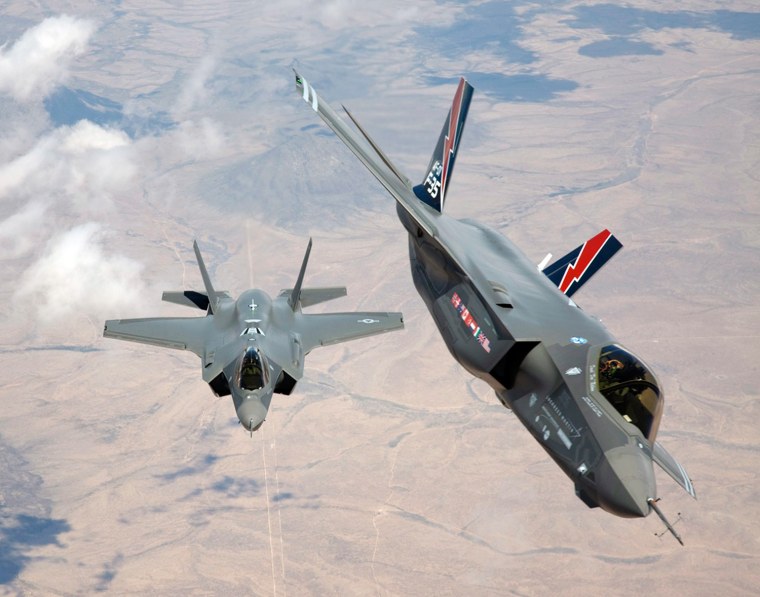The United States remains by far the largest arms and military equipment provider in the world, but that dominance is expected to wane over the next eight years, with China and Russia boosting their defense industries, an analysis said on Wednesday.
"Two things are happening: budgets are shifting east, and global arms trade is [seeing] increasing competition," said Paul Burton, senior manager of IHS Jane's Defence, publisher of an authoritative weekly on defense issues.
"This is the biggest explosion in trade the world has ever seen," Burton said of Jane's latest analysis of the global arms business.
The report says trade grew from $56 billion in 2008 to $73 billion last year, much higher than previously thought: "At this rate, defense trade between countries will have more than doubled by 2020."
However, the landscape is shifting. "The West's edge on technology will erode this decade as Asia outspends the USA and Europe," the report said. "(The) rise of Asia Pacific exports threatens U.S. dominance of global defense industry."
While the Pentagon cuts spending, China's defense budget has grown 64 percent in four years to $207 billion, and Russia's has grown 80 percent to $106 billion, according to the analysis.
The United States continues to dominate the export market, with a 39-percent share, more than twice the No. 2 player—Russia—which has 15 percent.
The largest export programs are military aircraft, "the hardest segment to develop locally." That is the primary reason the largest supplier in the global market is Lockheed Martin.
Jane's said Lockheed's exports jumped 65 percent in four years to $6.4 billion. Boeing is in second with $5.6 billion in export sales last year, followed by Russia's United Aircraft ($4 billion), Raytheon ($3.7 billion), and BAE Systems ($3.7 billion).
The report wasn't without its surprises. Among them:
- "Markets are apolitical": Digging deep into the details, it appears that when it comes to buying weapons, politics can sometimes take a back seat. For example, Russia is buying unmanned aerial vehicles (UAVs), or drones, from Israel.
- Israeli UAV dominance: Jane's predicts Israel will begin exporting more UAVs than the U.S. this year and will double U.S. exports of unmanned aircraft in 2014.
- The rise of Latin America: Brazil has become a major exporter of jet trainer aircraft and is opening up new markets in sub-Saharan Africa. Brazil's defense budget is now larger than Iran's and Canada's at $31 billion.
- Biggest buyers: India is the largest importer in the world, at over $5 billion, but the Middle East and Turkey are the fastest growing, with imports more than doubling since 2008.
As for Asia, Jane's analysts say South Korea "is someone to watch." Though it has only about one percent of the global market, it is growing fast, exporting everything from trucks to trainer aircraft, "communications systems to Iraq, mine sweepers to India." And the final assembly is coming from a wide base of companies--Hyundai, Samsung, Daewoo and Korean Aerospace among them.
